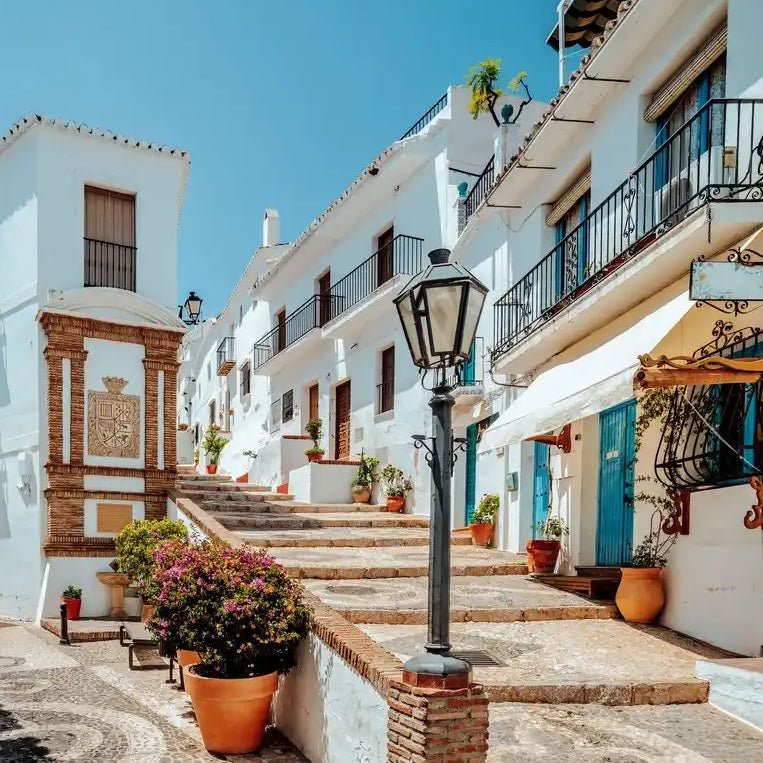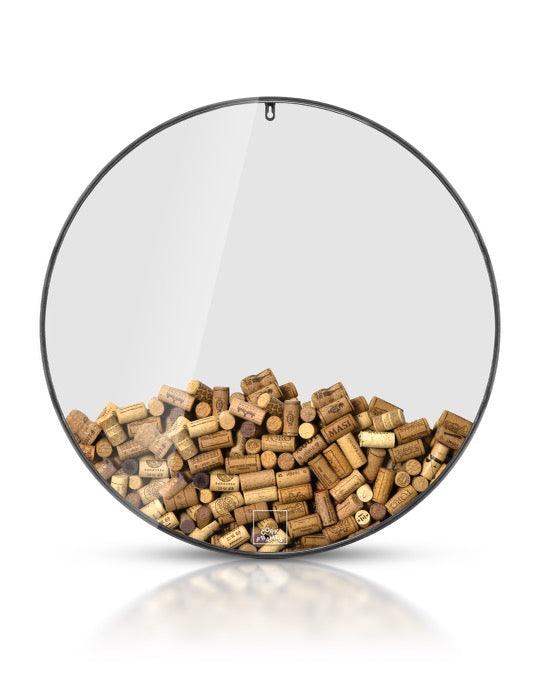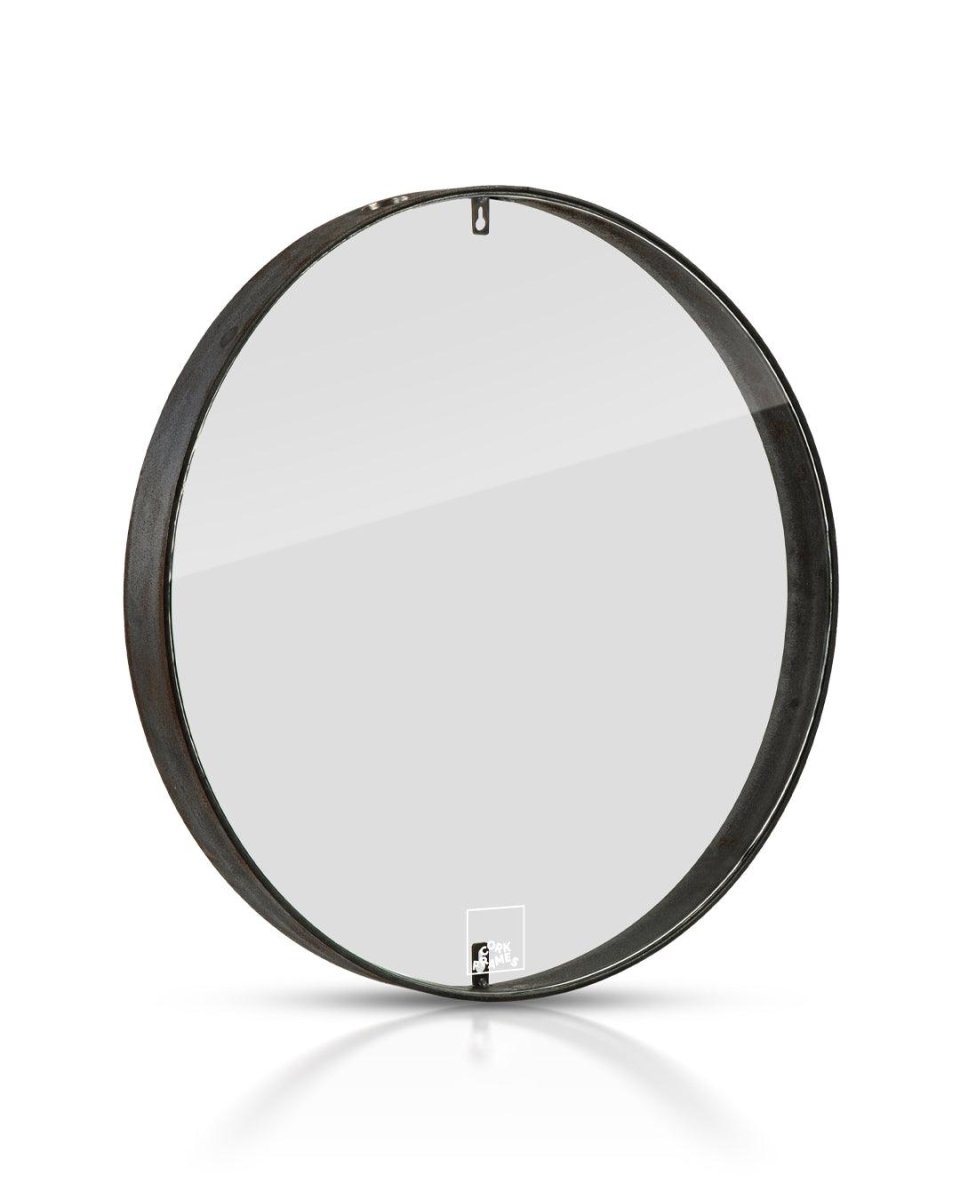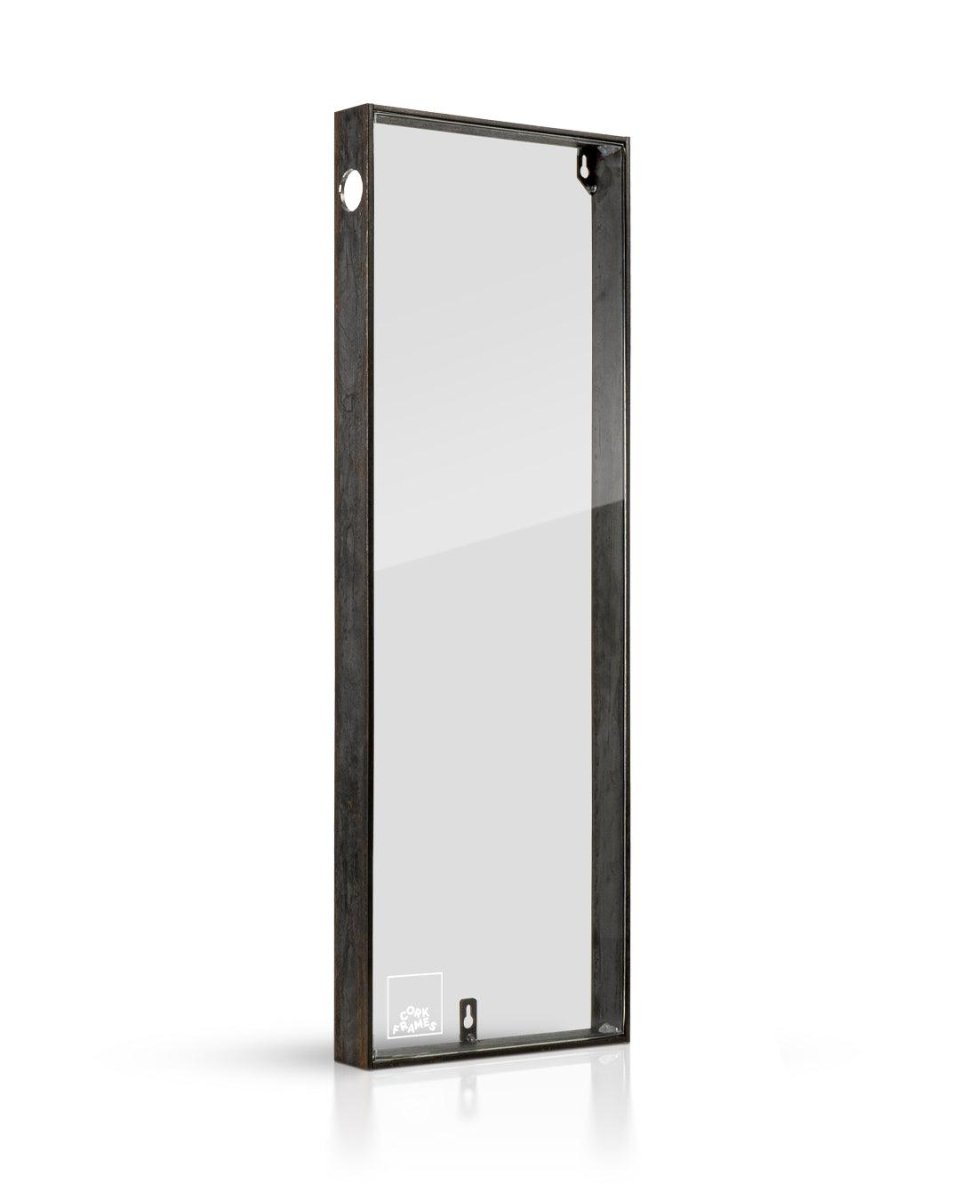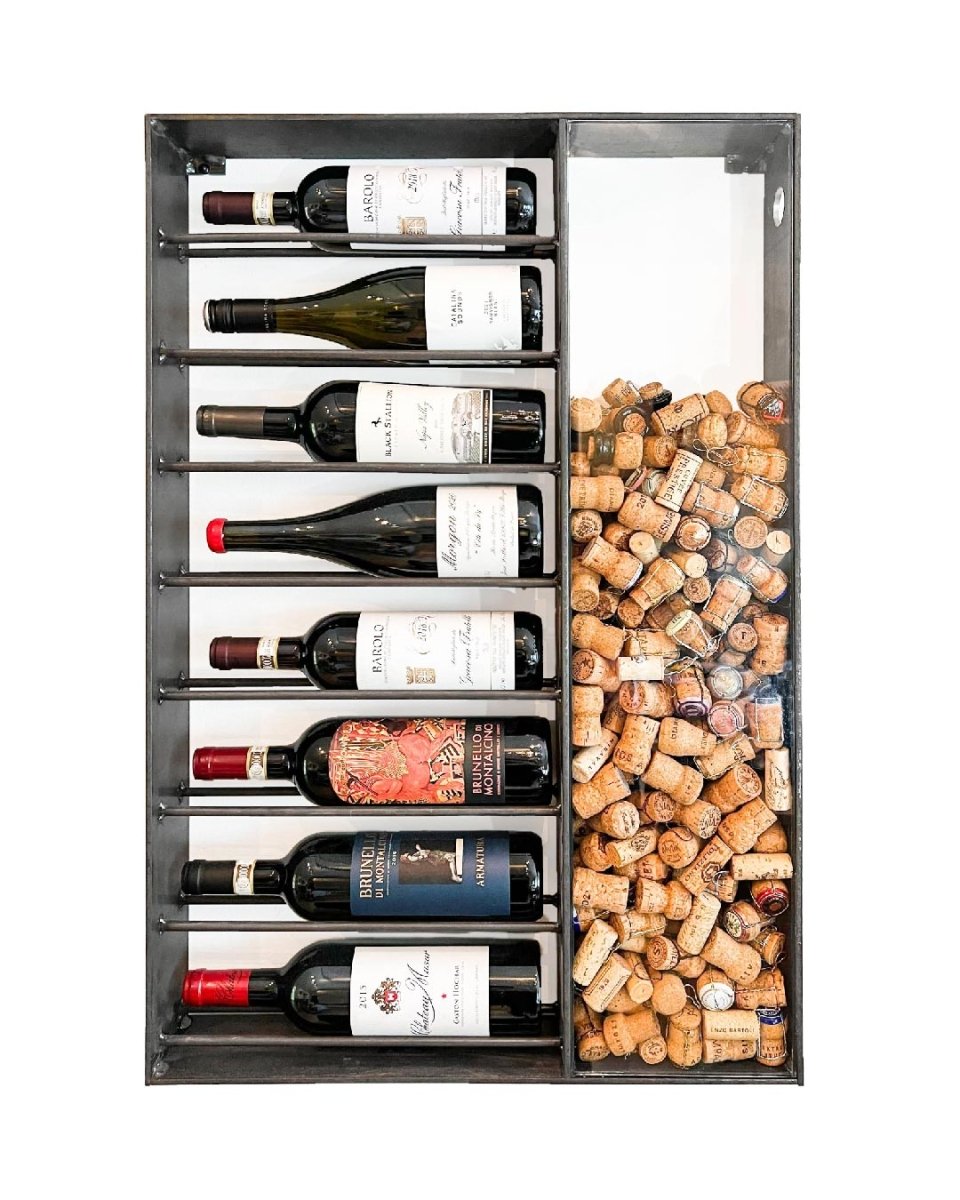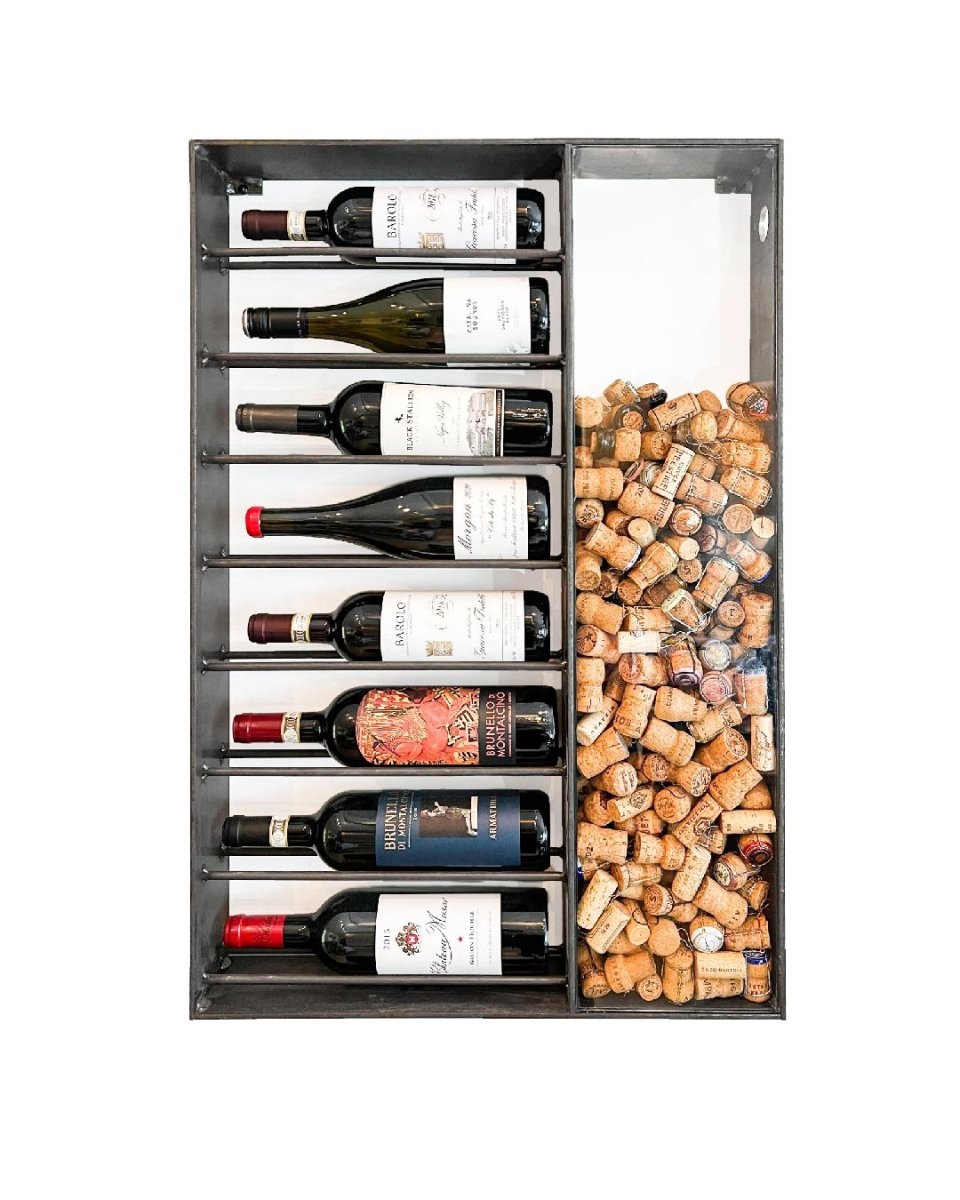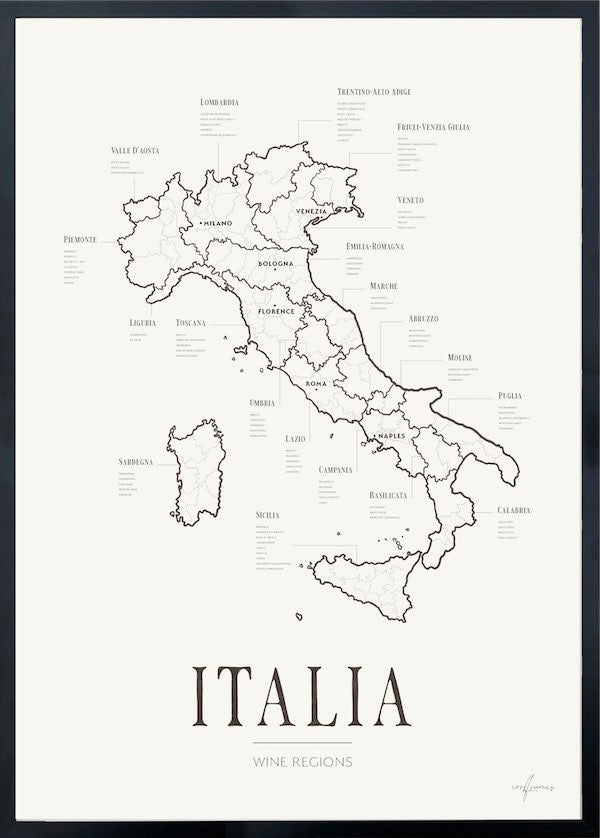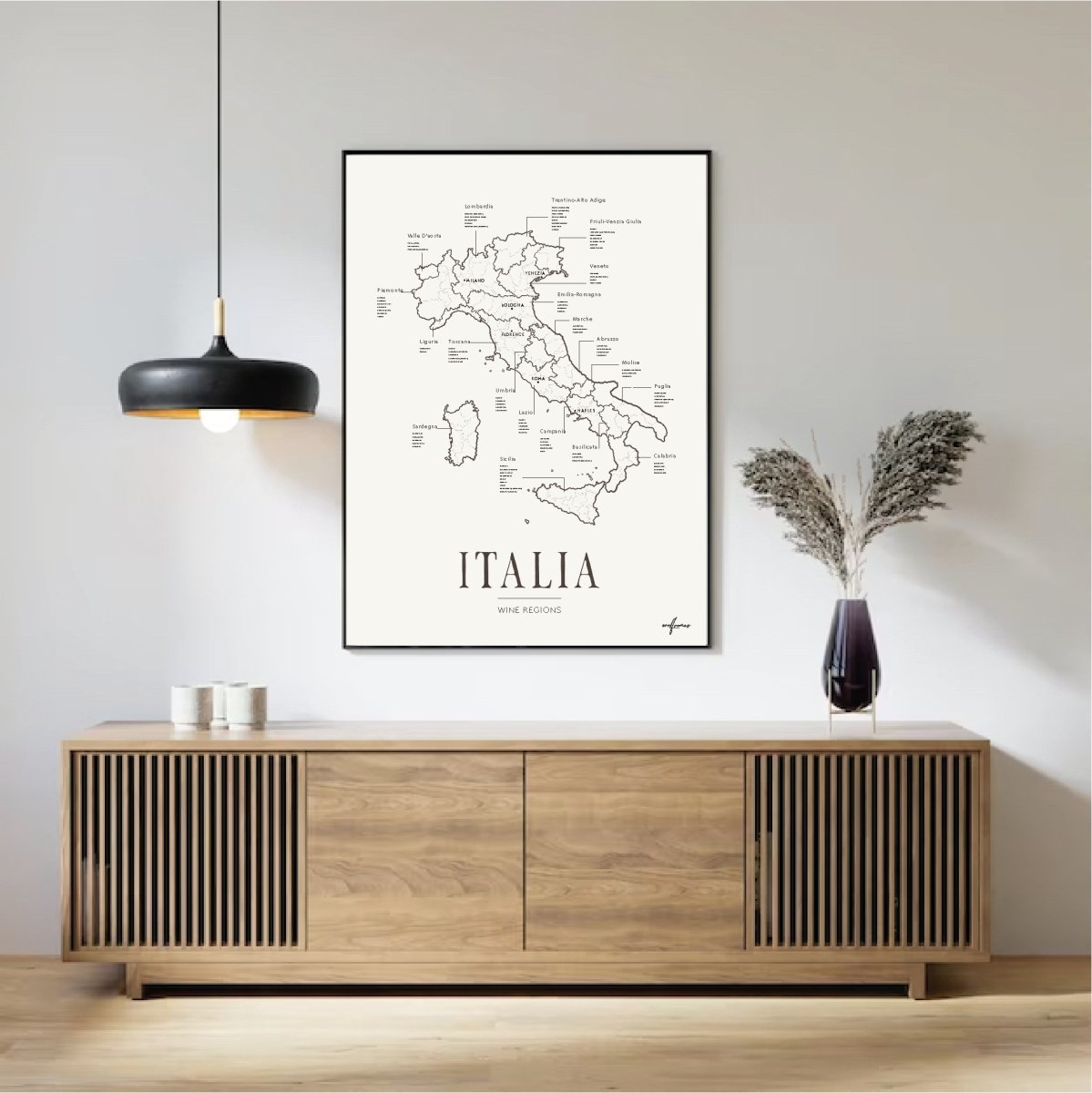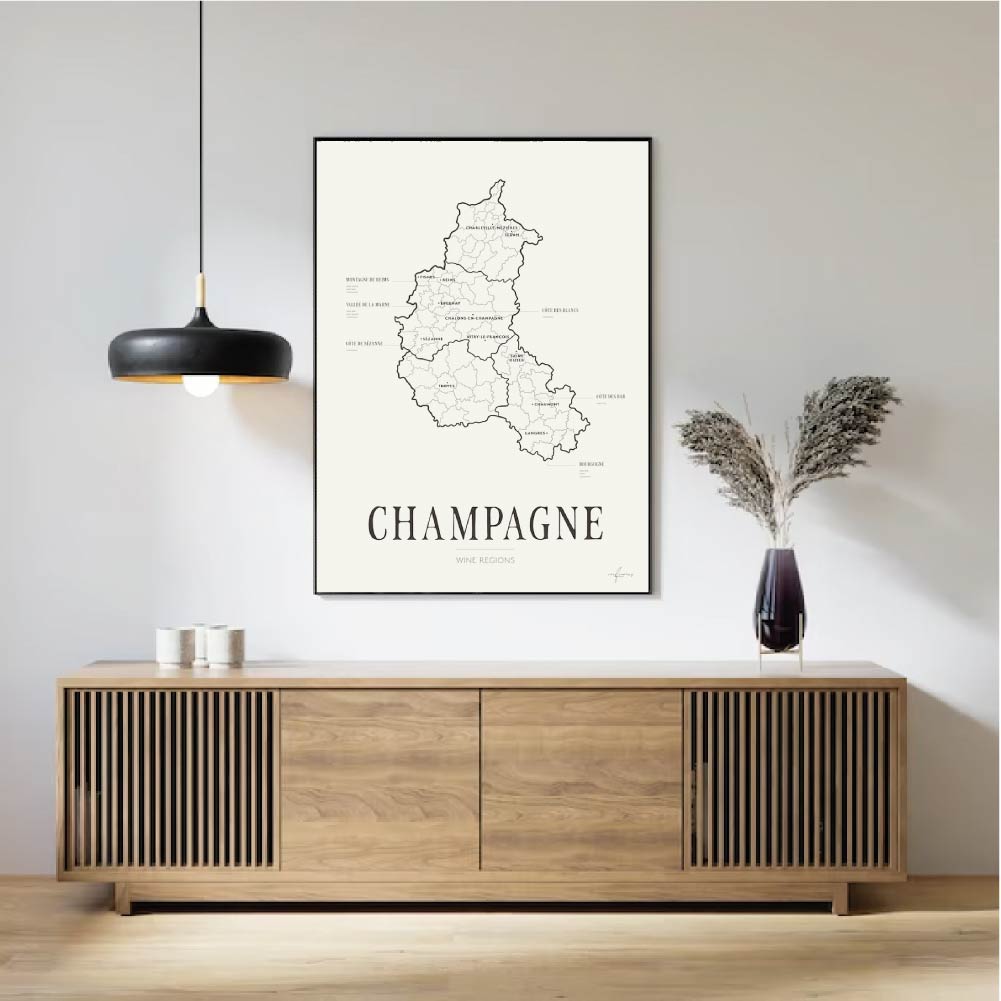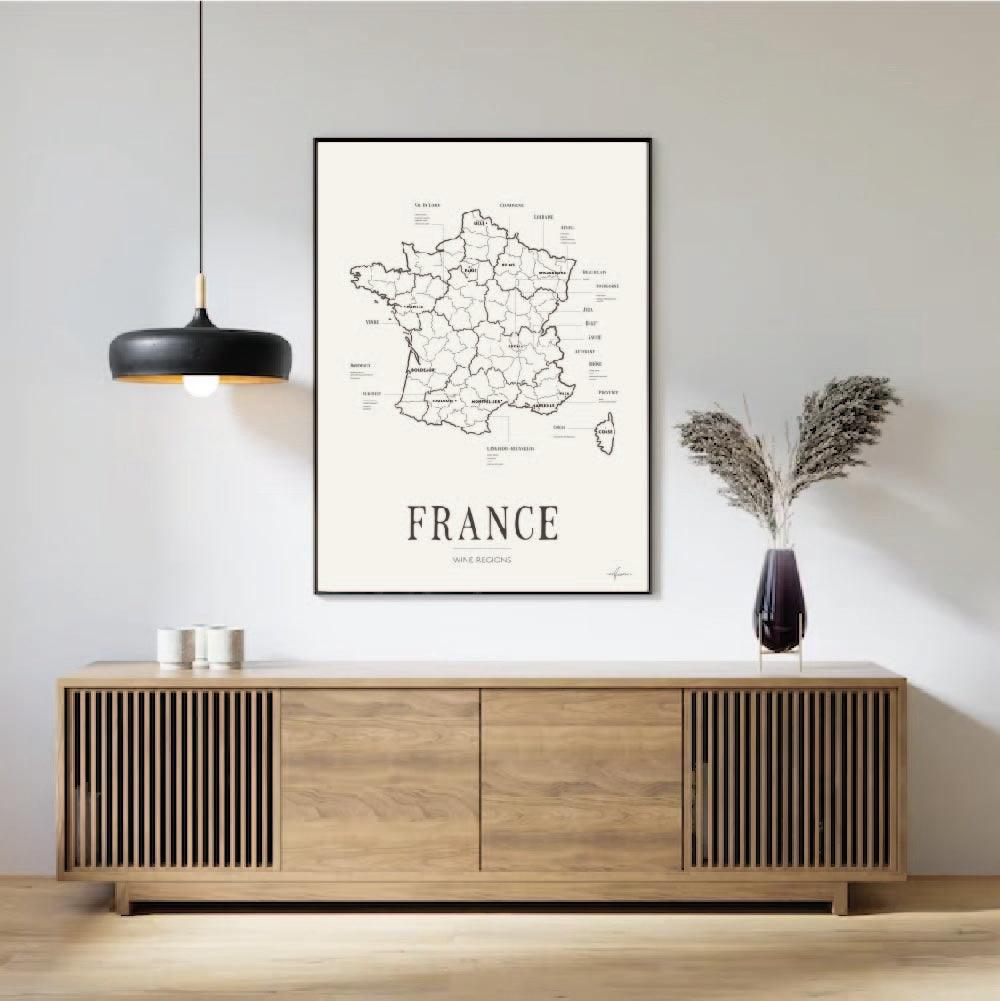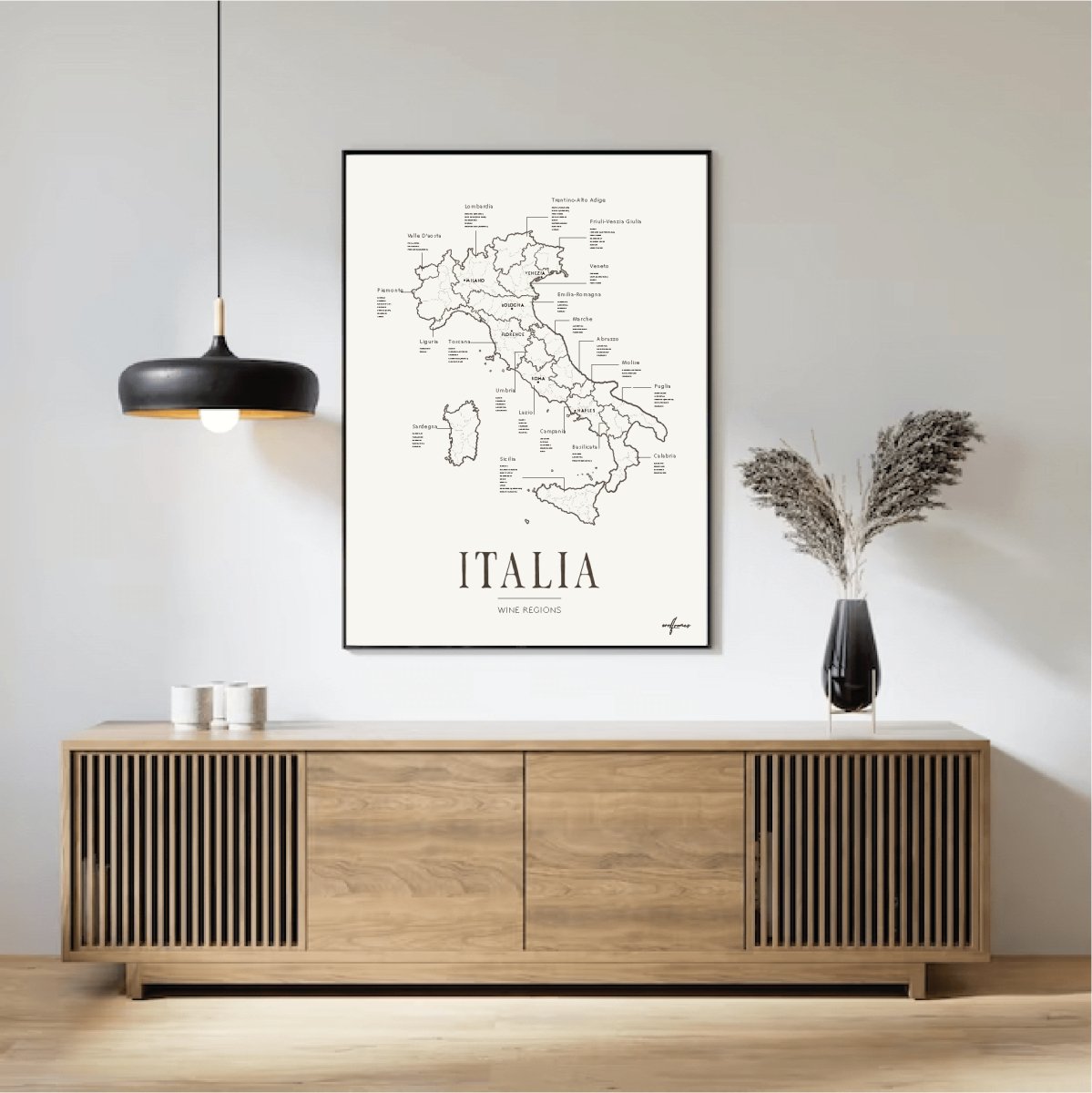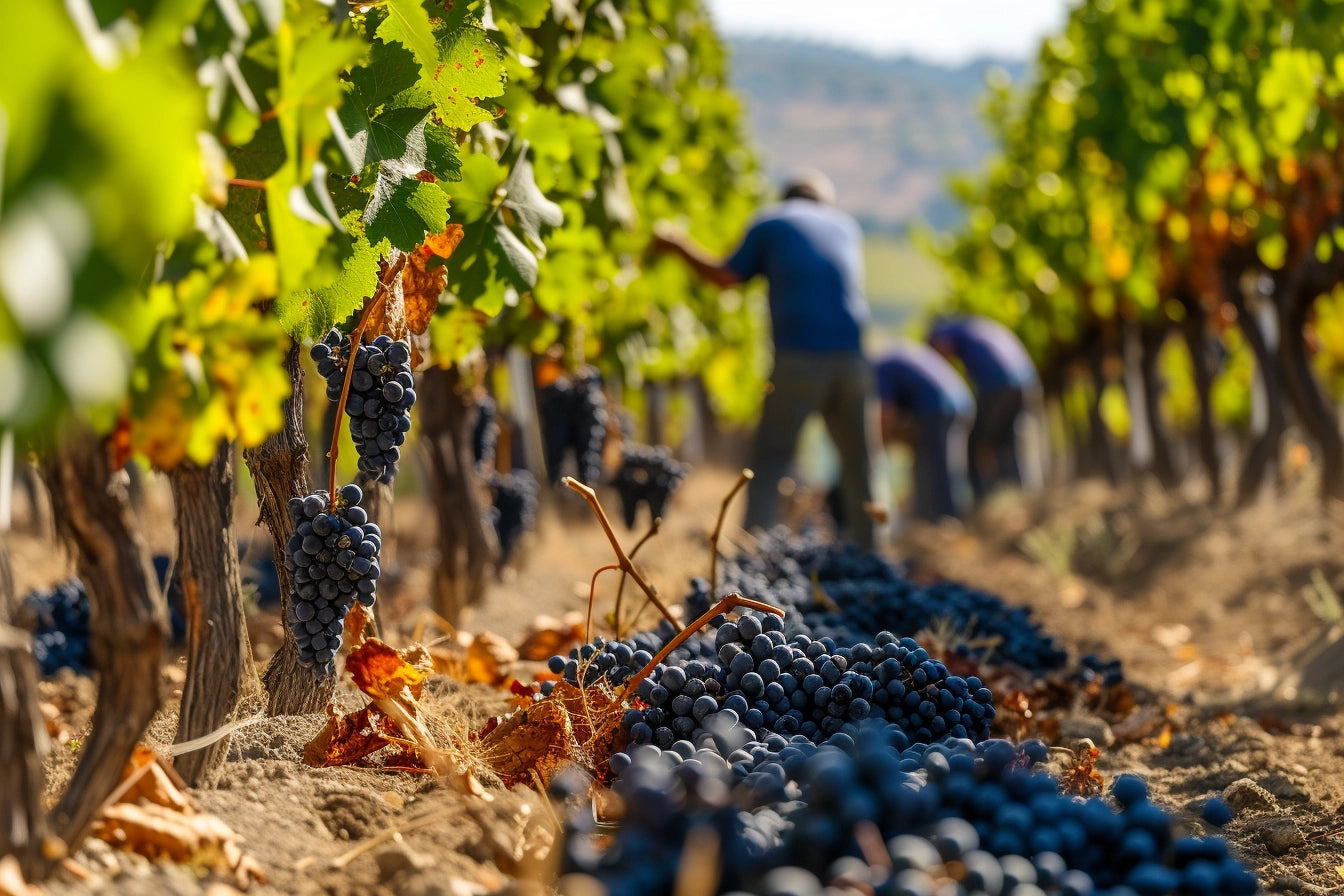Afternoon Tea, one of Britain’s most cherished traditions, has a fascinating history dating back to the mid-1800s. This elegant meal was initially created as a practical solution to an issue of hunger but soon evolved into a formal social ritual, ideal for both casual and special occasions.
The concept of Afternoon Tea is credited to Anna Russell, the Duchess of Bedford. During the early 19th century, it was customary to have just two meals a day: a large breakfast early in the morning and a late dinner around eight in the evening. Sometime during the 1840s, the Duchess began to feel a “slight hunger” during the afternoon, between lunch and dinner. She requested that a pot of tea, along with some light snacks like sandwiches, pastries, and cakes, be brought to her room to tide her over until dinner.
This afternoon tradition quickly became popular among British high society. It developed into a social activity where women would gather, enjoy tea and light refreshments, and discuss the events of the day. It was an excellent time to socialize and relax. Soon, the trend spread beyond the Duchess of Bedford’s circle, and Afternoon Tea became a fixture of British culture.
Why Is It Called Afternoon Tea?
The name "Afternoon Tea" is directly linked to the time of day when it was enjoyed. Unlike "High Tea," which is often confused with the same concept, Afternoon Tea was a lighter, more refined meal served between lunch and dinner, typically between 3:00 PM and 5:00 PM. High Tea, on the other hand, was served later in the evening and often consisted of heartier food, including meats, eggs, and other substantial dishes.
What makes Afternoon Tea distinct isn’t just the time of day but also the specific dishes served. A traditional Afternoon Tea includes an assortment of finger sandwiches, often with fillings like cucumber, smoked salmon, or egg and mayonnaise. This is complemented by freshly baked scones, served with clotted cream and jam, and a selection of sweet treats like cakes, cookies, and sometimes macarons. Naturally, tea is at the heart of the meal – usually black teas such as Earl Grey or Darjeeling, though other varieties may also be offered.
Afternoon Tea Today
Today, Afternoon Tea is no longer solely an aristocratic tradition but something enjoyed by people worldwide, especially in hotels, cafes, and restaurants that offer this experience. Many see it as a luxurious break in the day, a way to celebrate special occasions, or simply an opportunity to relax with friends and family. Despite changes in modern eating habits, Afternoon Tea has maintained its status as a symbol of elegance and leisure.
Perhaps this is why Afternoon Tea remains so appealing: it combines simplicity with sophistication, a ritual inviting slow enjoyment and pleasant company – just as it did when the Duchess of Bedford created this beloved tradition.
In short, Afternoon Tea is more than just a meal; it’s a cultural heritage.



